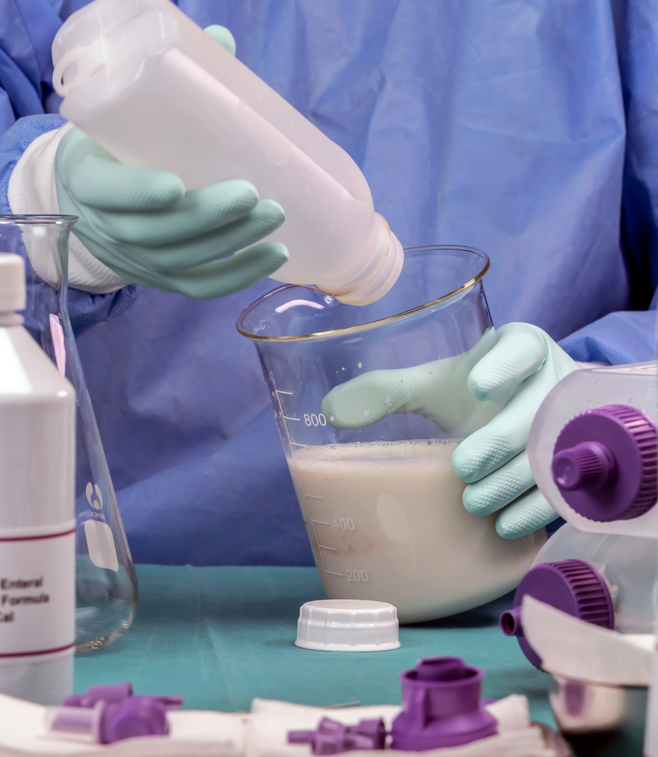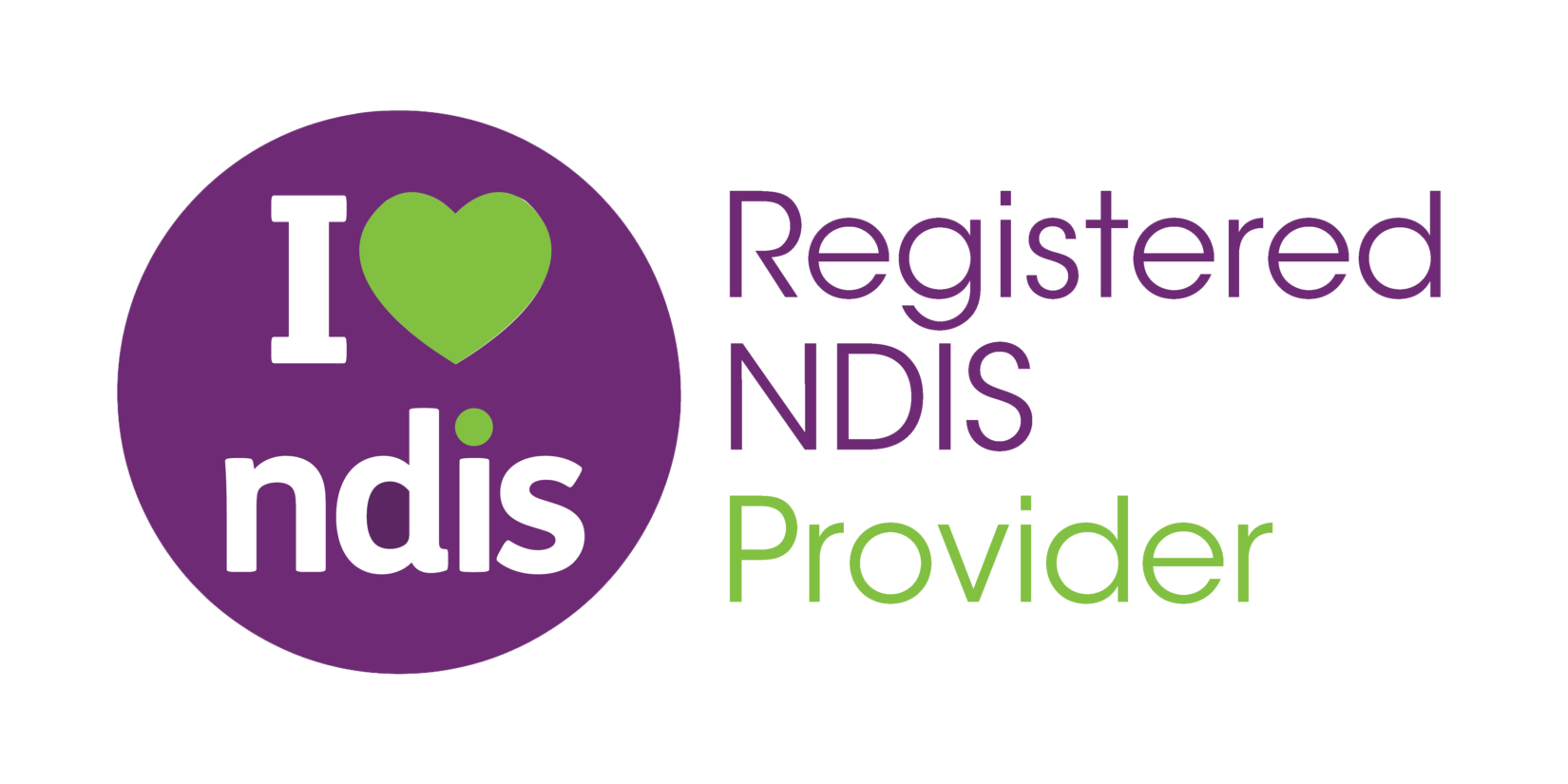Get in touch
Email: info@empoweringabilityjourney.com.au
Phone: 0451 093 210 or 1300 045 841
The Honest Truth About Managing Tube Feeding
How to Keep Enteral Feeding Safe and Simple
Enteral feeding delivers nutrition directly into the gastrointestinal tract for those who cannot eat enough orally.
This method supports individuals with swallowing difficulties, structural abnormalities, eating disorders, or other conditions affecting oral intake.
Kawala's Advice on Tube Position
Checking the position of your feeding tube before each use ensures proper nutrition delivery.
If you're unsure how, ask your healthcare provider for guidance.
Kawala's Advice on Tube Position
Checking the position of your feeding tube before each use ensures proper nutrition delivery.
If you're unsure how, ask your healthcare provider for guidance.
Enteral Feeding Choices: What Works Best for Different Needs
Feeding Tubes
- Orogastric Tube: Inserted through the mouth into the stomach.
- Nasogastric Tube: Inserted through the nose into the stomach.
- Gastrostomy Tube (G-Tube): Surgically placed directly into the stomach.
- Percutaneous Endoscopic Gastrostomy (PEG) Tube: Inserted using an endoscope.
- Gastrostomy Button: A low-profile version of the G-Tube
Feeding Methods
- Syringe Feeding: Delivered manually using a syringe.
- Gravity Feeding: Relies on gravity to flow nutrition into the stomach.
- Pump Feeding: Uses a mechanical pump to regulate nutrition flow.
The Right Way to Position Someone for Enteral Feeding
Positioning during and after feeding is critical. Always assist individuals into a sitting position if possible.
If sitting isn’t an option, elevate the head to at least a 30-degree angle. Keep this position for 30-60 minutes after feeding to improve digestion and reduce aspiration risks.
How to Avoid Common Enteral Feeding Issues
Tube Care
Flush feeding tubes daily with fresh water to prevent blockages and bacteria buildup. Clean the PEG site with warm, soapy water, rinse, and dry it thoroughly.
Avoid covering the PEG site with dressings to prevent dampness and infection. Practice proper hand hygiene before and after handling feeding equipment.
Feeding Preparation
Use pre-packaged, ready-to-use feeds whenever available. If preparing feeds, use aseptic techniques and mix with cooled boiled or sterilised water.
Store unopened formula in a cool, dry place. Refrigerate unused formula and discard it after 24 hours.
Monitoring and Maintenance
Flush the feeding tube with water before and after feeding or administering medications. Inspect the tube insertion site regularly for redness, irritation, or infection.
Maintain hygiene by sanitising equipment and preparing feeds in clean areas.
The Most Common Enteral Feeding Issues
Common Issues and Causes
- Diarrhoea: Caused by medications, rapid feeding, or poor hygiene.
- Nausea, Vomiting, or Bloating: Linked to cold feeding solutions, lying flat during feeding, or feeding too quickly.
- Blocked Tube: Results from insufficient flushing or improperly crushed medications.
- Constipation: Related to low fluid intake, lack of fibre, or certain medications.
- Dislodged PEG Tube: Cover the site with gauze and contact a healthcare professional immediately. Do not replace the tube unless instructed by a nurse
The Best Practices for Safe and Effective Enteral Feeding
Hygiene and Infection Control
Always wash hands before and after handling equipment. Use clean, dedicated tools for enteral feeding to prevent contamination.
Communication and Training
Educate caregivers and family members on proper feeding techniques. Encourage questions to make sure there is understanding and compliance.
Patient Safety
Never leave the individual lying flat during feeding. Regularly monitor for complications and respond promptly to issues.
Emergency Response
If a tube becomes dislodged or complications arise, consult a healthcare professional or contact emergency services immediately.

How Enteral Feeding Helps People Live Healthier Lives
Enteral feeding makes sure of proper nutrition for individuals unable to eat or swallow effectively. Following best practices in hygiene, preparation, and care reduces risks and promotes well-being.
Collaboration with healthcare professionals and continuous education are vital for successful enteral feeding management.
Need Guidance on Enteral Feeding?
Contact us for expert advice and personalised support with enteral feeding.
Our team is here to help make sure of a safe and effective nutritional care
Send Us a Message
Contact Us
We will get back to you as soon as possible.
Please try again later.
Loved and recommended by Athletic Koala NDIS Website Team

